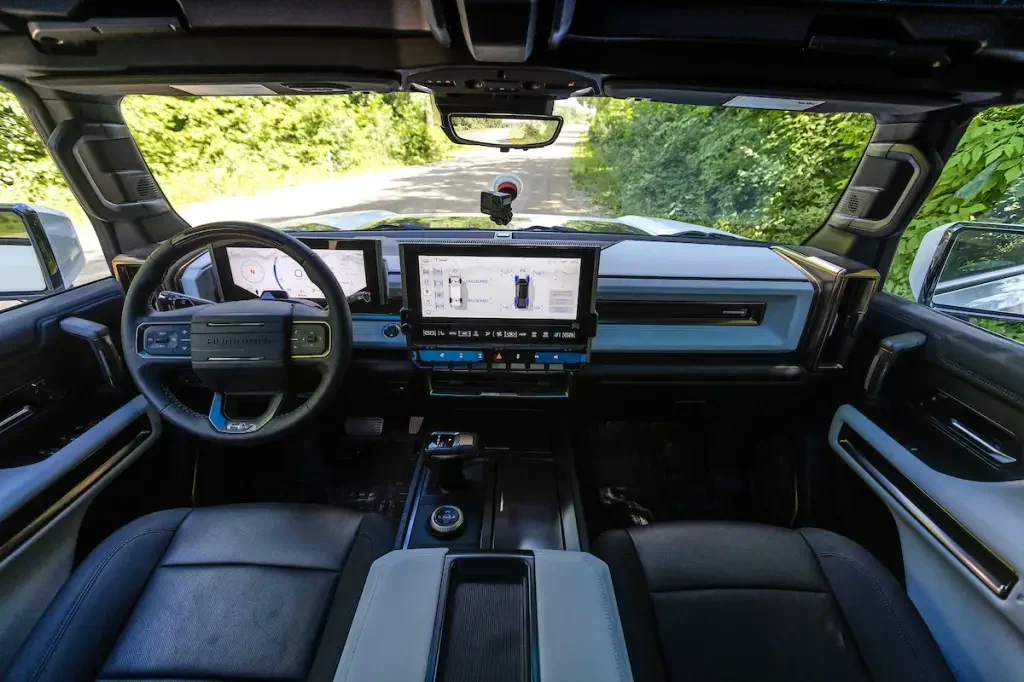In 2023, the global urban population surpassed 4.4 billion, with cities increasingly becoming the hubs of innovation and technology. A striking development is the convergence of Artificial Intelligence (AI) and Electric Vehicles (EVs), which are fundamentally reshaping urban mobility. As the demand for sustainable and efficient transportation grows, AI-driven EVs are not just a vision of the future but a rapidly approaching reality. This article explores how AI and EVs are revolutionizing urban mobility, what it means for city dwellers, and what the future holds for autonomous transportation solutions.
The Rise of AI in Electric Vehicles
How AI Enhances EV Performance
AI technologies have become integral to the development and optimization of electric vehicles. Major brands like Tesla and Rivian are leveraging AI to improve vehicle performance and enhance user experience. Here’s how AI is making a difference:
- Battery Management: AI algorithms optimize battery life by predicting energy consumption patterns and adjusting charging protocols. According to Battery University, AI-managed batteries can extend lifespan by up to 30%.
- Predictive Maintenance: AI systems analyze vehicle data to predict and prevent mechanical failures, reducing downtime and enhancing reliability.
- Route Optimization: AI-driven navigation systems, such as those used by Hyundai and Ford EV, calculate the most efficient routes, saving time and energy.
Autonomous Driving: The AI Frontier
Autonomous driving is arguably the most groundbreaking application of AI in EVs. Companies like Tesla and Nissan are at the forefront of this technology, aiming to create fully autonomous vehicles. As reported by Reuters Mobility, Tesla’s Full Self-Driving (FSD) beta is already operational in select regions, showcasing the potential of AI-driven autonomy.
- Safety Features: AI-powered systems enhance safety through real-time object detection and collision avoidance.
- Traffic Management: AI can manage traffic flow in urban areas, reducing congestion and improving overall efficiency.
- Environmental Impact: Autonomous EVs contribute to lowering emissions, aligning with global sustainability goals.
The Impact on Urban Mobility
Transforming Public Transportation
Public transportation is set to undergo a significant transformation with the integration of AI and EV technologies. Bloomberg Green reports that cities like Singapore and London are testing autonomous electric buses to provide cleaner and more efficient public transit options.
- Cost Efficiency: Electric buses reduce fuel costs and maintenance expenses, making public transport more affordable.
- Reduced Carbon Footprint: Transitioning to electric public transport can significantly decrease urban pollution levels.
- Enhanced Accessibility: AI can tailor transportation services to meet the specific needs of different community segments.
Urban Planning and Infrastructure
As AI and EVs take center stage, urban infrastructure must evolve to support these innovations. This includes the expansion of charging networks and the implementation of smart city technologies.
- Charging Infrastructure: According to InsideEVs, the number of EV charging stations worldwide grew by 55% in 2022. Cities need to continue this expansion to accommodate the growing number of EVs.
- Smart Traffic Systems: AI can optimize traffic lights and road usage, leading to smoother traffic flow and reduced travel times.
- Data-Driven Planning: Urban planners can use AI analytics to design cities that better support sustainable transportation.
Practical Tips for Embracing Autonomous EVs
How to Charge Your EV Efficiently
Charging your electric vehicle efficiently is crucial for maximizing its performance and lifespan. Here are some tips:
- Plan Your Routes: Use AI-powered apps to find the nearest and fastest charging stations.
- Level 2 Chargers: Invest in a home Level 2 charger for faster and more efficient charging.
- Optimize Charging Times: Charge during off-peak hours to save on electricity costs.
Where to Buy the Best Autonomous EVs
When considering an autonomous EV, it’s important to compare different models and brands. Here’s a quick comparison of some leading options:
- Tesla Model 3: Renowned for its advanced FSD capability and extensive range.
- Nissan Leaf: Offers a more affordable entry into the autonomous EV market.
- Lucid Air: Known for luxury and long-range capabilities, ideal for premium buyers.
What to Compare in Autonomous EVs
When evaluating autonomous EVs, consider these factors:
- Range and Efficiency: Ensure the vehicle meets your daily travel needs.
- Autonomy Features: Look for comprehensive safety and autonomy systems.
- Cost and Incentives: Research government incentives and rebates that can make purchasing an EV more economical.
Conclusion: The Future of Urban Mobility
In summary, the fusion of AI and EVs is set to redefine urban mobility, offering cleaner, safer, and more efficient transportation solutions. As these technologies continue to evolve, cities worldwide will need to adapt their infrastructure and policies to fully harness their potential. For urban dwellers, this means a future where mobility is not only more convenient but also more sustainable.
So, are you ready to embrace the future of autonomous urban mobility? Share your thoughts and join the conversation about how AI and EVs can transform our cities for the better. As we look ahead, it’s clear that the journey towards smarter cities is just beginning, promising exciting possibilities for the generations to come.

